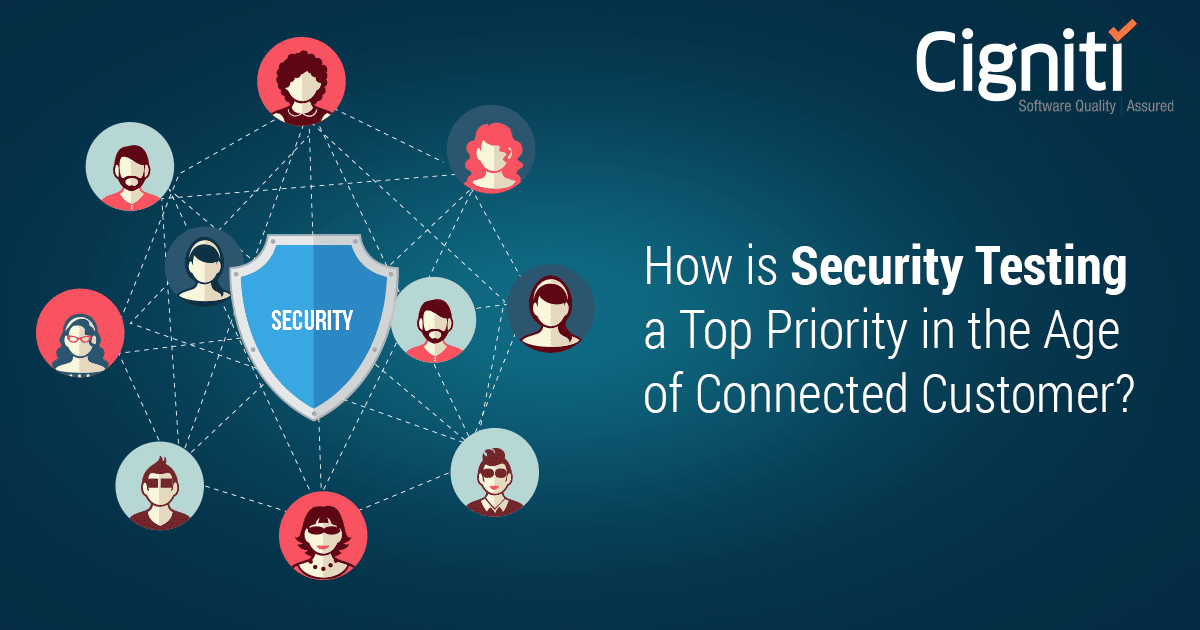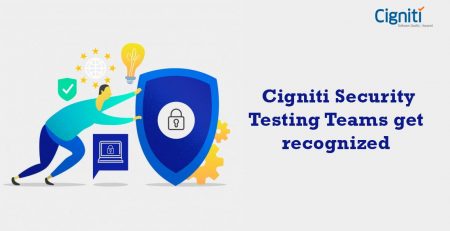How is Red Teams helping Cyber Security | Top Use Cases of RedTeams in the domain of Cyber Security
According to the most recent statistics, on a global scale, approximately 1 in 31 organizations encountered a ransomware attack each week during the initial quarter of 2023. Additionally, there is a daily identification of over 560,000 new instances of malware, contributing to a staggering total of more than 1 billion malware programs currently in circulation.
The widespread adoption of digital technologies like IoT, 5G, and Cloud has expanded the threat landscape for businesses, making them more susceptible to cyber-attacks. Covert techniques cybercriminals use to allow them to operate undetected within networks, increasing the potential risk. To survive in the evolving cybersecurity landscape, businesses should think beyond existing strategies like penetration testing, application security testing, etc. Companies can evaluate their preventive capabilities through red teaming, including automated approaches.
What is Red Teaming?
Red Teaming is a concept that originates from military training. It is a simulated attack process conducted by businesses to evaluate the effectiveness of their defensive protocols. It tests how well personnel, networks, applications, and physical security measures respond to adversary tactics.
Cybersecurity teams have recently embraced Red Teaming to evaluate defense capabilities, particularly for organizations with critical attack landscapes. This concept of using Red Teams has transitioned into the operationalization of red teaming in the cybersecurity field.
Red Teaming & Penetration Testing – What is the Difference?
Penetration testing focuses on a specific system, conducted as a white, black, or gray box test, providing a point-in-time assessment. In contrast, Red offers a holistic view of the ecosystem, including technology, processes, and people, covering a broader landscape. During a Red Teaming exercise, vulnerabilities discovered across different components, such as a web app and API endpoint, can be combined to demonstrate critical exploitation potential in a cyberattack. The Red Team’s final report includes these findings and remediation guidance for DevOps teams to address the identified vulnerabilities effectively.
Benefits of Red Teaming Cyber Security
Red Teaming offers valuable insights into an organization’s security posture, identifying vulnerabilities and weaknesses that can be addressed to improve overall cybersecurity.
- Goal-mapping: Organizations establish primary goals for their Red Team, such as extracting specific sensitive data from a particular server.
- Target reconnaissance: The Red Team maps out the systems to be targeted, including networks, web applications, employee portals, and physical spaces.
- Exploit vulnerabilities: The Red Team uses phishing or XSS exploits to access systems, utilizing the identified attack vectors.
- Probing and escalation: The Red Team attempts to navigate within the systems, aiming to achieve their primary goal and identifying additional vulnerabilities to exploit.
- Reporting and analysis: Following the simulated attack, a reporting and analysis process takes place to evaluate the performance of the Red team (defensive security) and determine the crucial vulnerabilities that need to be addressed.
The current approach to Red Teamass engagements relies heavily on consulting businesses, utilizing diverse toolsets and non-standard methods. However, this model must empower in-house teams for effective remediation. Traditional Red Teams may overlook critical risks they were hired to identify, and the setup process requires significant time and experienced personnel.
Red Teaming as a Service – RTaaS – Unveiling a New Dimension
Red Teaming as a Service (RTaaS) empowers organizations to perform routine Red Team testing on their cybersecurity defenses and infrastructure, allowing them to proactively identify and address gaps, vulnerabilities, and potential risks. With RTaaS, organizations can conduct these red team assessments regularly and at a reasonable cost, strengthening their overall security posture and mitigating potential threats effectively.
RTaaS enhances security strategies by incorporating the following elements:
- External viewpoint
- Realistic simulations
- Comprehensive evaluation
- Continuous enhancement
- Tailored approach
- Risk minimization
- Collaboration and Learning
Advantage RTaaS
RTaaS offers valuable benefits to CISOs by simulating penetration scenarios to uncover vulnerabilities before a breach occurs. In a ransomware attack or data breach, an RTaaS provider can assist with incident response and remediation. Here are the key advantages:
- On-demand Experience: RTaaS provides access to experienced professionals through a SaaS portal, allowing organizations to simulate various penetration scenarios when needed.
- Independent Expertise: Third-party experts offer an unbiased view of the organization’s security posture, providing valuable insights and recommendations for improvement.
- Real-time Insight: RTaaS delivers real-time visibility into the different stages of a kill chain-based attack, enabling organizations to understand and respond to threats promptly.
- Automation Efficiency: Leveraging automation, RTaaS introduces efficiencies in the testing process, making it more streamlined and effective.
- MITRE Framework Mapping: RTaaS generates reports mapped to the MITRE framework, illustrating the effectiveness of defense investments and providing a clear assessment of security measures.
Conclusion
Security leaders must exercise caution when considering an RTaaS provider, as only some vendors have a proven, scalable, and cloud-based SaaS approach for true RTaaS capabilities. While RTaaS offers streamlined use cases and efficiency, it is less flexible than the traditional consulting approach.
While external consultants can customize Red Team exercises for unique use cases, SaaS platforms follow pre-established approaches. Therefore, organizations must carefully consider their specific needs and goals to ensure that the selected RTaaS provider meets their requirements.
For tailored RTaaS solutions aligned with your unique requirements, choose Cigniti’s exceptional security testing capabilities.





Leave a Reply